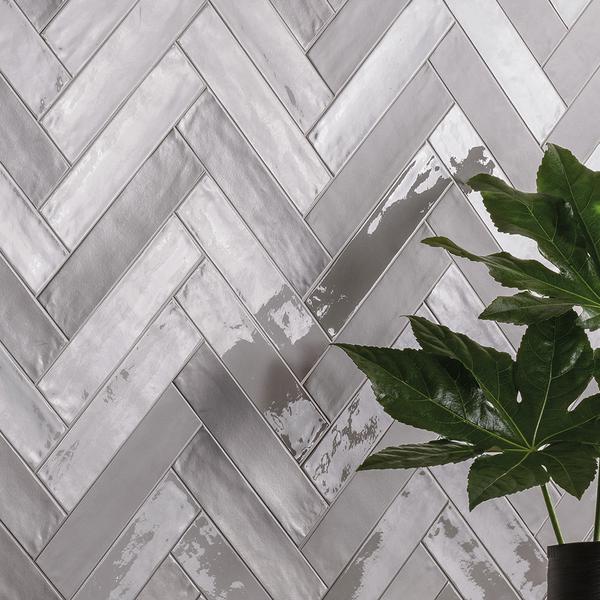Totalook: interview with the designer
The charm of marble, the durability of porcelain stoneware. Choosing porcelain countertops that look like marble is the solution that combines the best of both materials: the iridescent, luxurious reflections of marble and the practicality of stoneware. The right compromise for an exclusive-looking, yet durable kitchen at the right price. The cost of stoneware slabs is on average lower than that of the natural material, guaranteeing a much higher technical performance.
Level Marmi is the collection of large marble-effect slabs ideal for creating objects and continuous surfaces. The aesthetic refinement of marble, faithfully reproduced, is perfectly combined with the advantages of stoneware in terms of resistance, hygiene and practicality. Available in a wide range of color possibilities, the collection succeeds in satisfying the most varied aesthetic requirements, always keeping up with the latest trends. The Marmi slabs, in sizes 160x320 cm, with a thickness of 6.5 mm rectified, and 162x324 cm, with a thickness of 12 mm and 20 mm not rectified, fit perfectly into the kitchen, becoming the best solution for surfaces such as countertops, worktops and backsplashes. The Level range is also NSF (National Sanitation Foundation) certified as “Materials for Food Equipment”: the slabs can therefore be used in direct contact with food according to the NSF/ ANSI 51 standard.
Here is an overview of the advantages of stoneware in the kitchen.
How do porcelain countertops hold up? In recent years, this type of cladding is experiencing great development precisely because of the performance it can guarantee. Stoneware slabs resist high temperatures, scratches, stains and moisture infiltration and allow us to choose from a wide range of colors and finishes.
Emilgroup is a guarantee of absolute quality along the entire production chain: continuous and meticulous controls for unparalleled workmanship. In particular, the large Level marble-effect slabs are characterized by pressing at the highest level, resulting in an extremely compact product. First of all, the best raw materials are selected, then the wet body coloring guarantees maximum color homogeneity - rich shades and vibrations of light. The high-precision polishing process guarantees extreme reflectance. Finally, the slow firing cycle minimises the tensioning of the slabs, which achieve exceptional levels of strength. Compared to other materials, the large Level stoneware slabs are much more suitable for designing surfaces, but also for performing processes such as cutting and engraving.
Opting for porcelain slabs that look like marble allows us to choose the effect we want for the worktop while also achieving the right compromise in terms of price and resistance. For an elegant and sophisticated effect, Tele di Marmo Precious is really inspiring. The collection reproduces the color and crystal lattice structure of quartz crystals in all their shiny purity. Also available in the Agata variant, it is the Crystal version that best interprets the crystalline bloom, becoming the protagonist of the space thanks to the majesty of the large, thin slabs.
The glossy mirror finish of the ceramic surface sublimates the final effect for porcelain countertops that look like marble in every reflection and vein.
Regarding performance and practicality, it is natural to ask: do porcelain countertops stain? First, it is good practice to clean any stains immediately, using warm water and a soft cloth. One of the advantages of porcelain stoneware is that, unlike marble, it allows us to use a mildly abrasive detergent combined with manual friction without the risk of ruining the surface. In the case of dirtier areas, cleaning can be carried out with an acid solution diluted in a ratio of 1 to 10: stoneware is not afraid of chemical attack. Finally, water absorption is 0.1% - this also keeps moisture stains at bay.
In terms of resistance, do porcelain countertops scratch easily? And, as a result, do porcelain countertops chip easily? We are talking about one of the materials with the highest performance and therefore with the lowest risk of wear and tear and impact. Its strength lies in its incredible resistance. According to the Mohs scale, which orders minerals according to increasing hardness (where the first is talc and the tenth is diamond), porcelain stoneware is at level 8, with a hardness comparable to that of topaz; marble, on the other hand, due to its calcareous nature, is at level 3/4 on the same scale.
Here are some more doubts to clarify regarding stoneware: does it withstand high temperatures? Can you put hot items on porcelain countertops? It is worth mentioning that this efficient material is not afraid of frost or heat, and even when subjected to high temperatures or temperature changes, it will never change color and will never produce toxic substances or fumes.
Are porcelain countertops cheaper than granite? The quick answer is yes; barring exceptions, porcelain countertops are cheaper than granite countertops. On average, granite is more expensive even than marble, and the reason is as follows: the harder the material, the higher the processing costs.
Finally, are porcelain countertops more expensive? To provide a comprehensive answer, each specificity must be considered: the thickness of the slab, the processing, the finish and the type of application. A fine marble with a low production output has rapidly rising prices compared to the average values we have taken into account and certainly higher than porcelain stoneware. On average, stoneware countertops are less expensive than marble and granite. Finally, it is always good to remember that a durable cladding is the one that really saves money: in this, stoneware is unrivalled.
17 February 2023
From our blog
